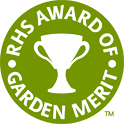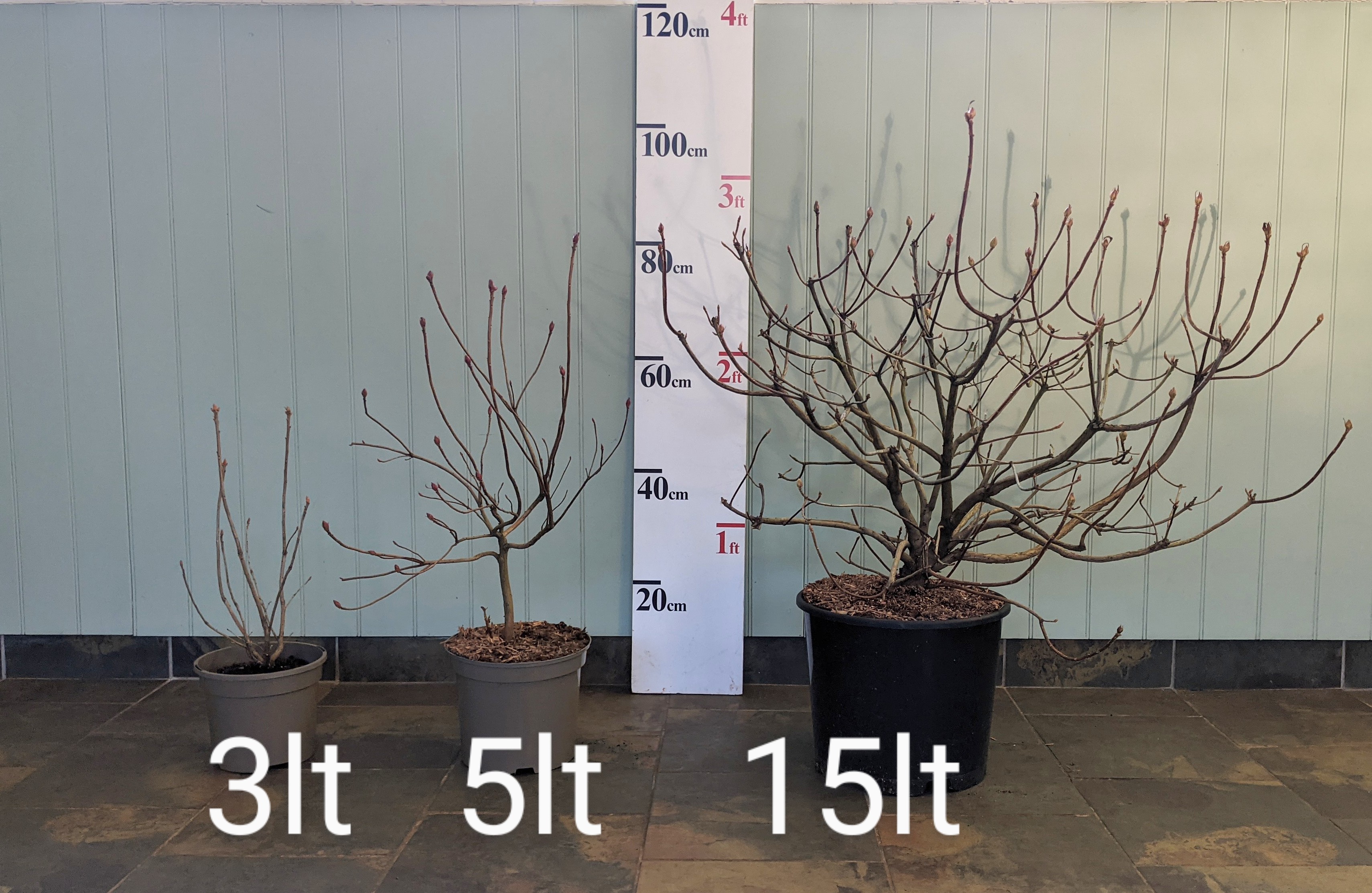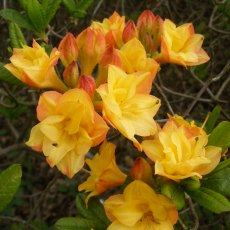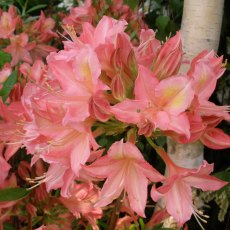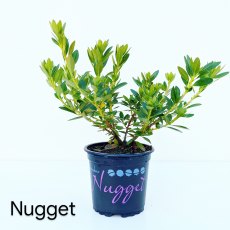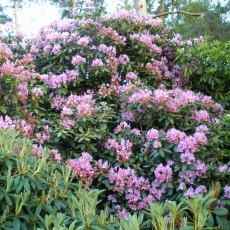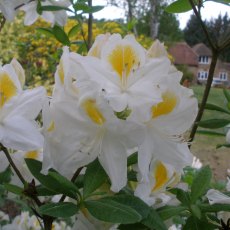Deciduous Azalea Narcissiflorum AGM
Item: ANAR
 In stock
In stock
Flowering Month:
May-June
May-June
Flower Colour:
Yellow
Yellow
Height After 10 Years:
150-175cm
150-175cm
Scent:
Scented
Scented
Interesting Foliage:
Yes
Yes
Hardiness:
To -20 °C
To -20 °C
Collect in Store
This item is available for collection.
Home Delivery
UK mainland delivery from £8.95
Lovely small pale yellow flowers, with darker centre and outside, 30mm across. Sweetly scented double honeysuckle type flowers in May - June, followed by good autumn colour and one of David's recommended varieties. This is an unusual but highly sought after plant which is one of our specialities. Height 150-180cm in 10 years.
- Recommended for amazing scented flowers.
- Easy to grow.
- Group:Deciduous Azalea (Ghent Rustica hybrid).
- Parentage: unknown
- Hybridization date: pre 1900 (1855).
- Bred by: J. Rinz. Origin: German.
- Habit: upright.
- Ideal position: Most garden situations with some sun.
- Ideal soil: pH 4.5 to 6.
- RHS Hardiness Rating: H6.
- How we usually propagate this plant: Cutting.
- Awards: RHS Award of Garden Merit.
 Millais Nurseries
Millais Nurseries

